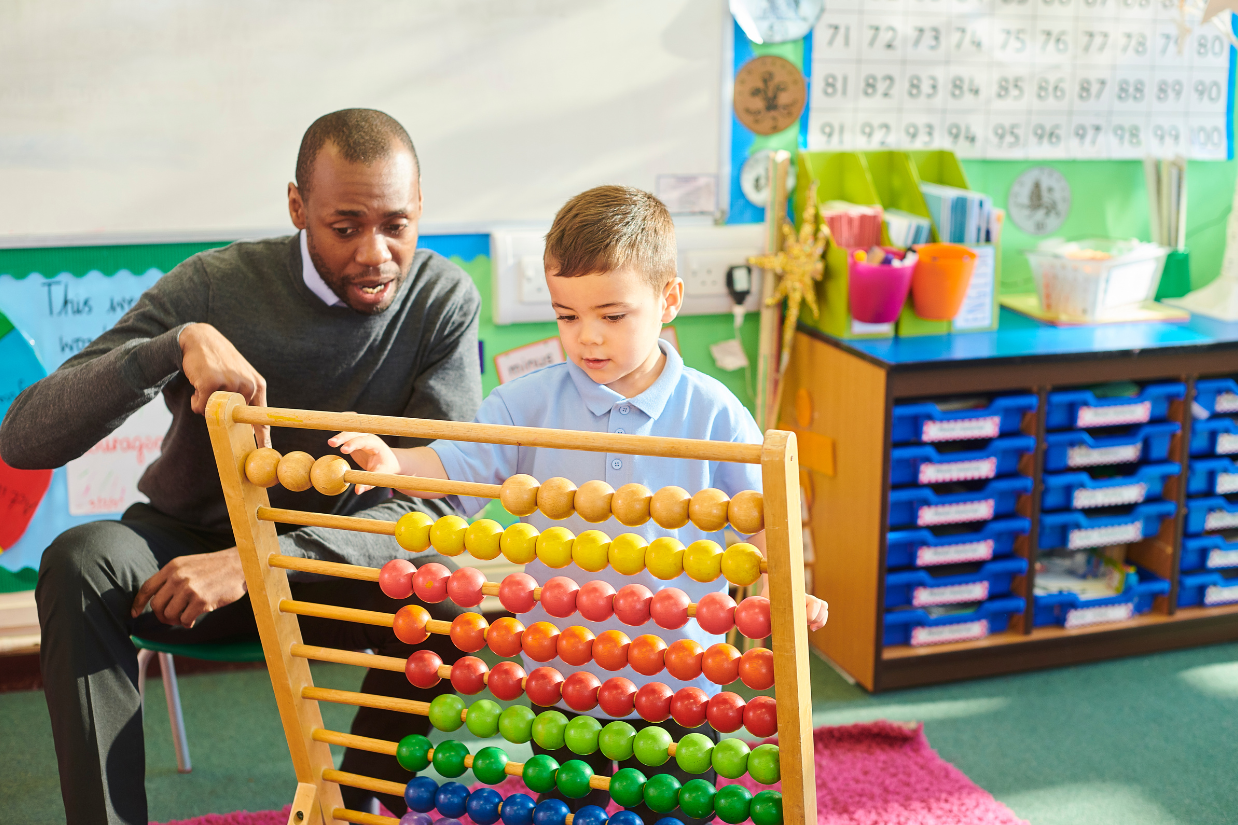Music and math are closely related, and learning music can help improve math skills. Here are some ways in which music and math are connected:
- Rhythm: Rhythm is an essential component of music, and it involves dividing time into different beats and patterns. This is similar to the way in which math involves dividing numbers and quantities into different parts.
- Fractions: Understanding fractions is essential in both music and math. In music, notes and rests are divided into fractions of a whole note, and musicians must be able to count and recognize these fractions accurately. Similarly, in math, fractions are used to represent parts of a whole or to divide quantities.
- Patterns: Music and math both involve recognizing and creating patterns. In music, patterns can be found in melodies, rhythms, and chord progressions. In math, patterns can be found in number sequences, geometric shapes, and functions.
- Spatial reasoning: Music and math both require spatial reasoning skills. Musicians must be able to read and interpret sheet music, which involves recognizing patterns and symbols in space. Similarly, in math, students must be able to visualize and manipulate geometric shapes and figures.
The connections between music and math are numerous and significant. Learning music can help improve math skills, and vice versa. Incorporating music into math lessons can be a fun and engaging way to help students develop their math skills and appreciation for music.

